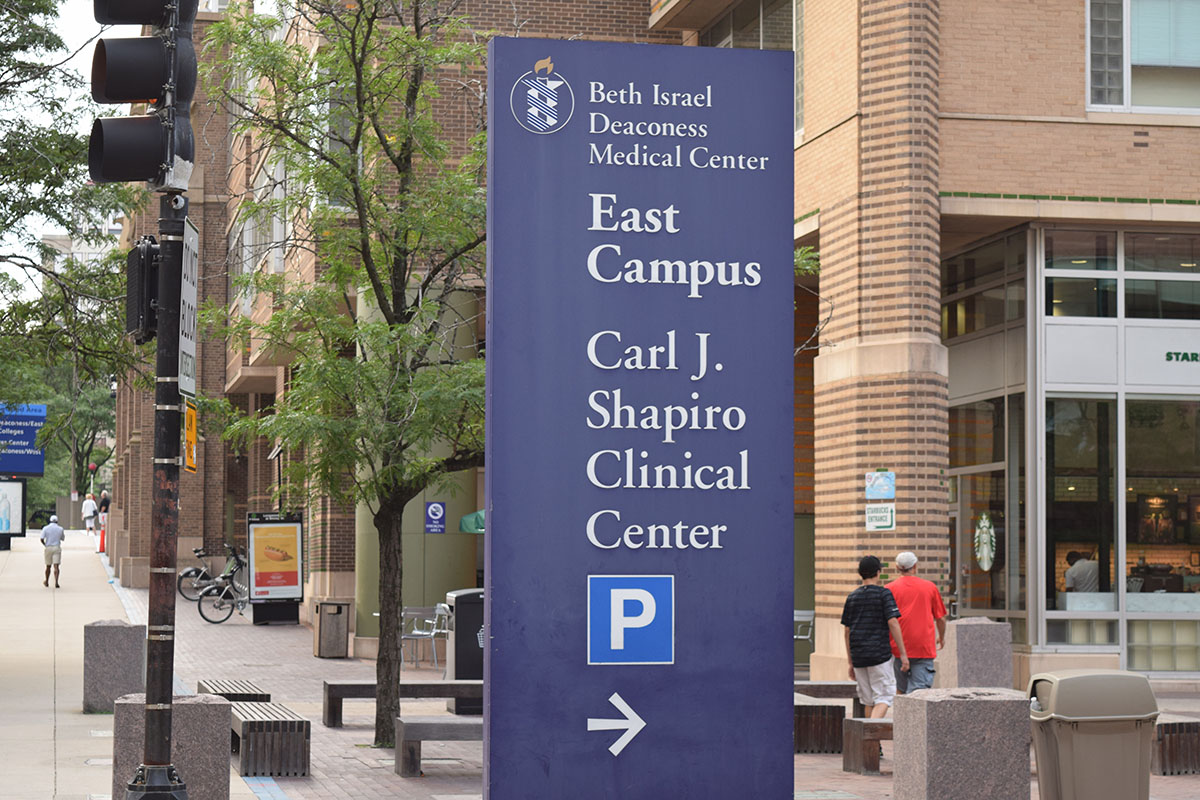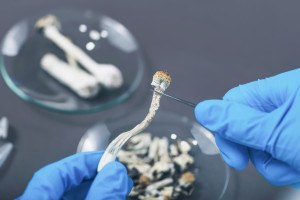Beth Israel Is Behind a Promising New HIV Treatment

Photo by Dana Guth
The Center for Virology and Vaccine Research at Beth Israel Deaconess Medical Center (BIDMC) is a busy place these days. In addition to its hunt for a Zika vaccine, the research team is drawing closer to an effective HIV treatment.
In animal trials, the new treatment seemed to decrease the amount of HIV-infected DNA in a subject’s body, and help the subject’s immune system suppress the disease. While those results don’t equate to a cure for HIV, they do suggest that the vaccine could manage the virus well enough to replace daily antiretroviral therapy (ART), the current medical standard for HIV.
“Current antiretroviral drugs, although they’re lifesaving, do not cure HIV. They merely hold it in check,” explains lead author Dan Barouch in a statement. “We are trying to develop strategies to achieve ART-free, long-term viral suppression.”
The vaccine was developed by researchers from BIDMC and several partner institutions. It worked best, the study showed, when given in conjunction with an immune stimulant. That’s likely because HIV lives dormant within some infected cells, allowing it to “hide” in the body for long periods of time. If the immune system were reawakened, the researchers hypothesized, the body would be better equipped to destroy lingering viral cells.
If the animal study—conducted in monkeys with an HIV-equivalent disease—is any indication, that hypothesis was right. Of the 36 monkeys involved in the study, nine were given both the vaccine and the immune stimulant. Each of those nine saw reduced viral load—the amount of HIV in the blood—and better virus suppression. By the end of the trial, three of the nine showed no detectable viral load.
“If all the animals’ viral loads had been undetectable, that would have been a home run,” Barouch said in the statement. “But the fact that all animals showed a reduction in viral load and three out of nine were undetectable, that’s a solid base hit. It’s definitely something that we can work from.”
Barouch and his team will still need to translate the results to humans. Nonetheless, it’s a promising advance in the search for viable HIV therapies.


